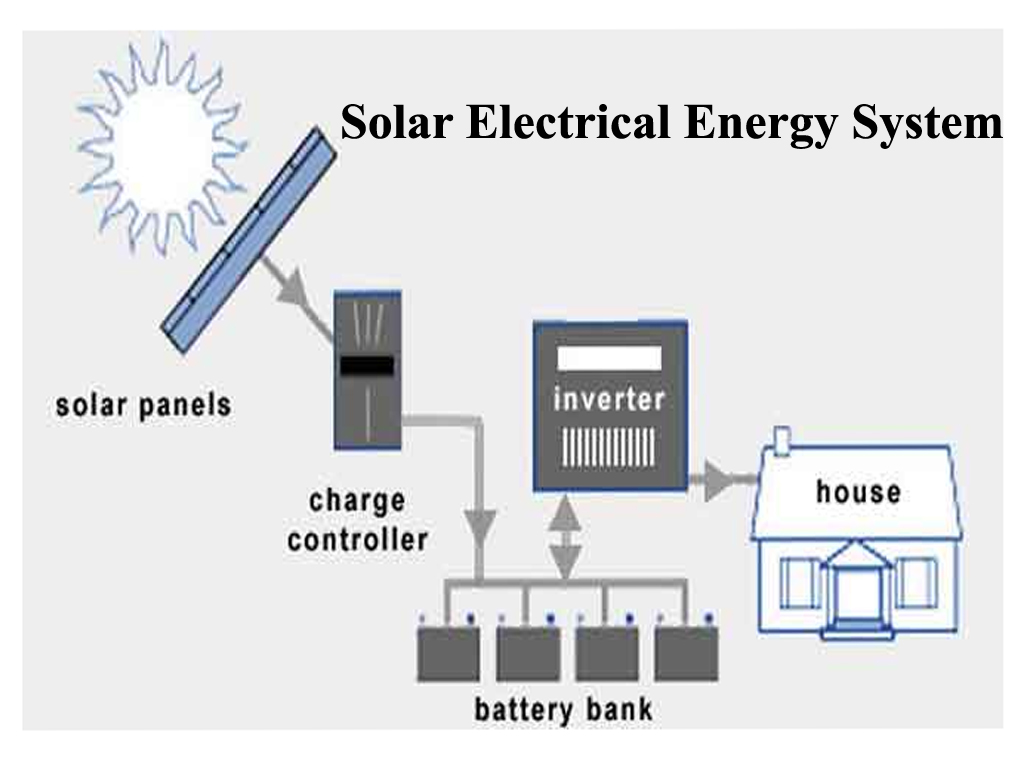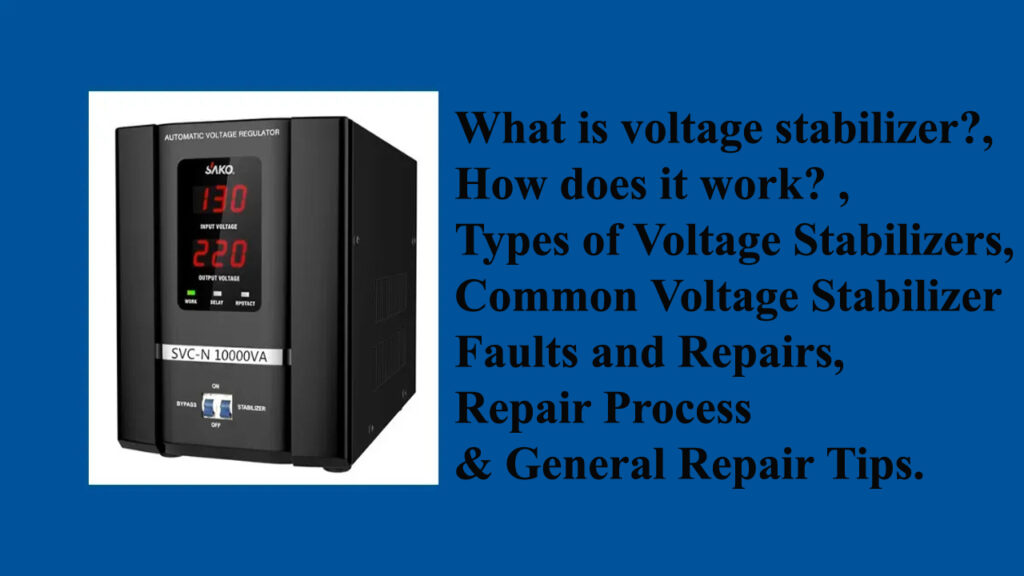Electric Motorcycle:
An electric motorcycle is a two-wheeled vehicle powered by an electric motor instead of a conventional internal combustion engine. It uses electrical energy stored in a rechargeable battery to drive the motor, which in turn propels the motorcycle.
🔋 Key Characteristics:
- Powered by electricity, not gasoline.
- Uses lithium-ion or similar batteries.
- Equipped with an electric motor, controller, and throttle.
- Produces zero tailpipe emissions.
- Typically quieter and requires less maintenance than petrol motorcycles.
🔧 Construction of an Electric Motorcycle
Electric motorcycles are built similarly to traditional motorcycles but replace the internal combustion engine with an electric drive system. The main components are mounted on a two-wheeled frame and optimized for weight distribution, aerodynamics, and energy efficiency.
Basic Steps in Construction:
- Frame Design & Fabrication
- Built with lightweight but strong materials (aluminum, carbon fiber, steel).
- Designed to accommodate battery packs, motor, and controller.
- Motor Installation
- Hub motor or mid-drive motor is installed depending on design.
- Battery Pack Integration
- Lithium-ion battery packs are installed and securely housed, usually in the center for balance.
- Controller Wiring
- Connect motor controller to motor, battery, and throttle.
- Cooling Systems
- Air or liquid cooling systems installed if needed for motor or battery.
- Final Assembly
- Suspension, wheels, brakes, lights, and instrumentation are added.
- Safety checks and testing are performed.
️ Working Principle of an Electric Motorcycle
The operation is based on electromagnetic principles. Here’s a simplified explanation:
- Power Source: A rechargeable battery provides DC power.
- Controller: Acts like the “brain” — it receives input from the throttle and sends regulated power to the motor.
- Electric Motor: Converts electrical energy into mechanical energy using electromagnetic induction.
- Drivetrain: Transfers torque from the motor to the rear wheel (via chain, belt, or direct hub drive).
- Regenerative Braking (Optional): Some systems recover energy while braking and recharge the battery.
Various Parts of an Electric Motorcycle
Power System:
- Battery Pack: This is the energy storage unit, typically consisting of lithium-ion cells. It provides the DC power needed to run the motor and other electrical components. The capacity of the battery determines the motorcycle’s range.
- Electric Motor: The motor converts electrical energy from the battery into mechanical energy, which propels the motorcycle. Most electric motorcycles use brushless DC motors for their efficiency and low maintenance. These can be hub motors (integrated into the wheel) or mid-drive motors (mounted in the frame and connected to the wheel via a belt or chain).
- Controller: Often referred to as the “brain” of the electric system, the controller regulates the flow of electrical energy from the battery to the motor. It interprets signals from the throttle and other sensors to control the motor’s speed and power output.
- Charger: This device is used to recharge the battery pack from an external power source, like a standard wall outlet or a charging station. Some motorcycles have onboard chargers, while others use external units.
- Battery Management System (BMS): The BMS is an electronic system that manages the charging and discharging of the battery pack, monitors its temperature, and ensures the safety and longevity of the battery.
- Inverter (sometimes): In some electric motorcycles with regenerative braking, the inverter helps convert the AC power generated during deceleration back into DC power to recharge the battery.
Chassis and Body:
- Frame: The structural foundation of the motorcycle, typically made of steel, aluminum alloys, or carbon fiber. It provides support for all other components and influences the bike’s handling. Electric motorcycles often have unique frame designs to accommodate the battery pack and motor.
- Suspension System: Includes front forks and rear shock absorbers that provide a comfortable ride and ensure the wheels maintain contact with the road.
- Wheels and Tires: Similar to conventional motorcycles, these provide traction and allow for movement. Electric motorcycles may have tires optimized for efficiency or performance.
- Braking System: Consists of brake discs or drums, calipers, brake pads, and levers/pedals. Many electric motorcycles feature regenerative braking, which uses the motor to slow down the bike and recover some energy.
- Bodywork: Panels and fairings made of plastic, fiberglass, or other materials that give the motorcycle its aesthetic design and can also improve aerodynamics.
- Seat: Provides a place for the rider (and sometimes a passenger) to sit.
Controls and Instrumentation:
- Handlebars: Used for steering the motorcycle and typically house controls for the throttle, brakes, lights, and other functions.
- Throttle: A twist-grip or thumb lever that controls the power output of the motor and thus the speed of the motorcycle.
- Brake Levers/Pedal: Used to activate the front and rear brakes.
- Switches: Control various electrical functions like lights, turn signals, horn, and riding modes.
- Display/Dashboard: Provides the rider with essential information such as speed, battery level, range, riding mode, and sometimes navigation or other data. These are often digital LCD or TFT screens.
- Wiring Harness: A system of wires and connectors that distributes electrical power and signals between the various components.
Other Components:
- Lights: Headlights, taillights, and turn signals for visibility and safety. Electric motorcycles typically use LED lighting for energy efficiency.
- Horn: For signaling other road users.
- Kickstand/Side Stand: To support the motorcycle when parked.
- Mirrors: For rear visibility.
- Fuses and Circuit Breakers: Safety devices that protect the electrical system from overloads.
- Connectors and Cables: Used to link the various electrical components.
⚠ Common Problems in Electric Motorcycles
| Problem | Description | Possible Causes |
| Battery Issues | Reduced range, charging problems, overheating | Battery degradation, faulty charger, poor thermal management |
| Motor Malfunction | Motor not starting, reduced power | Controller fault, winding damage, overheating |
| Controller Failure | No response to throttle, jerky acceleration | Software glitches, short circuits, wiring faults |
| Electrical System Failures | Lights or dashboard not working | Loose connections, blown fuses, corroded terminals |
| Reduced Range | Shorter riding distance per charge | Battery aging, cold weather, aggressive riding |
| Charging Port Damage | Charging not possible | Wear and tear, exposure to moisture or dirt |
| Software Bugs | Display errors, throttle lag | Firmware bugs in the controller or dashboard |
| Brake System Wear | Inefficient braking or noise | Mechanical brake pad wear, not unique to electric bikes |
| Noise from Belt/Chain Drive | Abnormal sounds | Misalignment or lack of lubrication (if applicable) |
🛠️ Maintenance of an Electric Motorcycle
Electric motorcycles require less maintenance than petrol-powered ones because they have fewer moving parts and no oil-based systems. Here’s a breakdown:
🔋 Battery Maintenance
- Charge regularly but avoid overcharging.
- Keep battery cool and dry.
- Avoid full discharges; recharge at ~20–30% remaining.
- Replace after 3–5 years depending on usage and health.
⚙ Motor and Controller
- Check for unusual sounds or overheating.
- Keep connections clean and free from moisture.
- Update firmware if applicable.
🧠 Electronics
- Regularly inspect wiring and connectors.
- Replace fuses or relays if malfunctions occur.
- Keep the instrument cluster clean and dry.
🛞 Mechanical Parts (same as petrol bikes)
- Brake pads: Inspect and replace as needed.
- Tires: Maintain proper air pressure and tread depth.
- Suspension: Check for leaks or wear.
- Drive system (chain or belt): Clean, align, and lubricate if present.
🔧 Other Tips
- Store in a covered area away from extreme temperatures.
- Perform diagnostics using onboard systems or app (if available).
- Schedule professional inspection once or twice a year.

